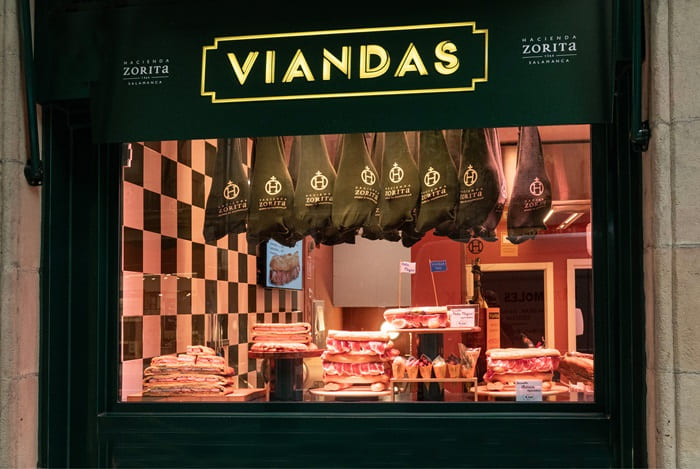As the growth of online shopping continues to accelerate, brick-and-mortar retailers are more aggressively facing up to the challenge.
According to a global study called “Brick-and-Mortar Retailers Fight Back” written by The Economist Intelligence Unit and sponsored by Mastercard, the key strategy for traditional retailers lies in beefing up their customers’ store experience.
Here’s an extract from the report:
“E-commerce providers have typically set the pace for the online customer experience, using their insight into buyer behaviour to create websites, apps, and other digital channels that customers enjoy interacting with.
Indeed, customer experience is seen as one of the strongest competitive advantages of online-only retailers, cited by 27% of survey respondents. The in-store experience, therefore, is top of mind for traditional retailers seeking to tempt buyers back into their stores.”
How can ‘real’ retailers woo customers back?
Let’s look at some of the opportunities loosely grouped in the store experience category. In other words, focusing on the retail unit itself.
A logical place to start is from outside. As our examples show, your windows are still a powerful attraction. Being more adventurous and more creative with your displays and refreshing them regularly is a good place to start.
This cosmetic store example appears to be an elaborate one, but when you break it down, it’s nothing more than a carefully arranged combination of imitation flowers, small boxes, paper cut-outs and some subtle signage.
The discreet lighting enhances the aura of luxury inside.

It’s a stylish and impactful display, but inexpensive and easy to set up and take down. Here’s a tip if you need help with your windows and you don’t have a reliable window dresser, or ‘visual merchandiser’ as the expensive ones are called: contact your local college or university and find out if they have art or design students who are looking for part-time work.
They’ll be glad of a few extra bucks and they’d surely be less expensive than a professional. They’re also likely to choose unusual décor items rather than sticking to traditional themes and materials.
Here’s another good example of cleverly mixing products with simple props and signage. The wrought iron bench is a whimsical touch and the whole ensemble can be put together quickly and cheaply.

At the opposite end of the scale, a minimalist design can be equally interesting. It’s the unusually vast scale of the plain white backgrounds combined with dabs of color that allow the other merchandise to stand out.

The bold blue front of this mock-up of a typical village store begs for attention and shows how suitable props can be strategically placed outside to attract passers by. In this case, a motorized bike and a display cabinet have been used, but benches, planters, baskets and merchandise stands work equally well.
The old-fashioned step ladder just visible inside is a neat touch.

This charcuterie window is a beautiful example of how to seamlessly integrate the branding with the store front. Combined with the black window surround, the lighting effect is a real crowd puller.

Moving away from windows, let’s have a look at a retail concept that’s becoming more popular and it’s easy to see why. The store within a store (SWAS) and the pop-up shop are variations of the same idea.
The Norfolk Tap shown below is a SWAS in its simplest form and proves that you don’t need to set up in a fancy department store for the idea to workIt’s a craft beer and coffee shop within the Norfolk Arms Hotel in Arundel, England, popular with locals and tourists alike.
It’s crude but it works.

You can use it in markets and trade fairs, and as a stand at charity functions.
This more sophisticated example is billed as a pop-up shop but the volume and range of merchandise suggests it’s more likely a SWAS, but names don’t matter, it’s the benefit that’s important.
Concepts like these let you increase your retail footprint without committing to onerous leases and utility bills, and racking up extra staff costs.
Also, you get the ideal low-risk opportunity to test new products, determine your best price points, and you can use the facility to distribute samples and publicity handouts.


This is undoubtedly a pop-up in the traditional sense. It’s a simple flat pack unit that allows you to sell appropriate merchandise at events, fairs and parades. It’s easily branded and you only need a light truck to move it around.
We’ll be using the research study to develop more blogs on tactics and strategies to help retailers claw back some of the business they’ve lost to online merchants.
Ironically, in the long run the best option is to build a hybrid retail model where you combine your bricks and mortar store with an online shop, and that’s a subject we’ll cover soon. So keep following us on our website and on social media.
Want to read the research report?
Download it here for free:






